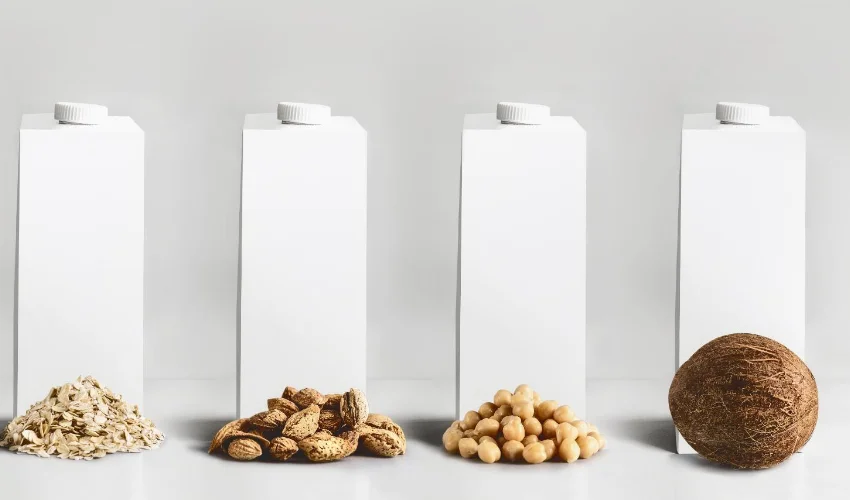As a diabetic patient or caregiver, understanding the nutritional content of the foods you consume is crucial for managing blood sugar levels and overall health. One valuable tool in this regard is the food label, which provides valuable information about the composition and quality of packaged foods. By learning how to read food labels effectively, you can make informed choices and maintain a well-balanced diet that supports your diabetic condition. This article aims to provide comprehensive guidance on reading food labels, interpreting the information presented, and making informed choices for a healthier lifestyle.
Understanding Food Labels
Regulatory Standards for Food Labels
Food labels are regulated by governmental bodies to ensure accurate and standardized information. In the United States, the Food and Drug Administration (FDA) oversees the labeling requirements for most packaged foods. The regulations mandate the inclusion of specific information on food labels, making it easier for consumers to assess the nutritional content of products.
Key Components of Food Labels
Serving Size
The serving size indicates the amount of food considered as one serving and is typically presented in familiar measurements, such as cups or pieces. Understanding the serving size is essential as all other information on the label is based on this unit. Comparing the serving size to the portion you consume can help you manage your carbohydrate and calorie intake effectively.
Calories
The calorie count provides an estimation of the energy content in one serving of the food. For individuals with diabetes, it is important to be mindful of calorie intake to maintain a healthy weight and control blood sugar levels.
Total Carbohydrates
Total carbohydrates encompass all forms of carbohydrates present in the food, including sugars, dietary fiber, and complex carbohydrates. Monitoring carbohydrate intake is vital for diabetics, as it directly affects blood sugar levels. Pay attention to the total carbohydrate content and the breakdown of sugars and dietary fiber, which will be further discussed.
Sugars
The sugars listed on the food label refer to both natural sugars (e.g., lactose in milk) and added sugars. Added sugars can contribute to excessive calorie intake without providing significant nutritional value. Limiting the consumption of foods high in added sugars is advisable for individuals with diabetes.
Dietary Fiber
Dietary fiber is a type of carbohydrate that is not digested by the body. It helps regulate blood sugar levels, promotes satiety, and aids in maintaining a healthy digestive system. Aim to choose foods that are higher in dietary fiber, such as whole grains, vegetables, and fruits.
Total Fat and Saturated Fat
Total fat indicates the overall fat content in a serving, while saturated fat specifically refers to the unhealthy fats found in animal products and some processed foods. Monitoring fat intake is important for maintaining heart health and managing weight. Choose foods low in saturated fat and trans fat while opting for healthier fats, such as monounsaturated and polyunsaturated fats.
Cholesterol and Sodium
For individuals with diabetes, it is crucial to manage cholesterol and sodium intake to reduce the risk of cardiovascular complications. Limit foods high in cholesterol and sodium, as they can contribute to high blood pressure and other health problems.
Table 1: Nutritional Comparison of Breakfast Cereal Options
| Serving Size (g) | Calories | Total Carbohydrates (g) | Sugars (g) | Dietary Fiber (g) | Total Fat (g) | Saturated Fat (g) | Cholesterol (mg) | Sodium (mg) | |
|---|---|---|---|---|---|---|---|---|---|
| Whole Grain Crunch | 30 | 120 | 26 | 10 | 5 | 1 | 0.5 | 0 | 150 |
| Honey O's | 40 | 150 | 32 | 12 | 4 | 2 | 1 | 0 | 180 |
| Fiber-Rich Flakes | 45 | 140 | 24 | 6 | 6 | 2 | 0.5 | 0 | 160 |
| Nutty Granola | 50 | 180 | 40 | 15 | 8 | 3 | 1.5 | 0 | 200 |
Making Informed Choices
Ingredients List
The ingredients list on food labels provides valuable insights into the composition of the product. Ingredients are listed in descending order by weight, with the main ingredient appearing first. Scan the list for any added sugars, unhealthy fats, or excessive sodium content. Avoid products with long lists of artificial additives and preservatives.
Nutrient Claims
Food labels often include nutrient claims, such as “low fat,” “sugar-free,” or “high in fiber.” While these claims can be helpful, it is important to verify the accuracy of the claim by examining the nutritional information. Always prioritize the overall nutritional profile of the food rather than relying solely on nutrient claims.
Comparing Similar Products
When shopping, compare different brands and varieties of the same type of food. Pay attention to the serving size and the nutritional content, especially carbohydrates, sugars, fiber, fats, and sodium. Opt for products that are lower in added sugars, unhealthy fats, and sodium, and higher in dietary fiber.
Using Tools and Resources
Various tools and resources can assist in making informed choices. Smartphone applications and online databases provide instant access to nutritional information, including carbohydrate counts and glycemic index values. Consulting reputable sources, such as the American Diabetes Association, can also provide valuable guidance.
Reading food labels and understanding the information they provide is a vital skill for individuals with diabetes and their caregivers. By carefully examining serving sizes, calories, total carbohydrates, sugars, fiber, fats, and other key components, you can make informed choices that align with your dietary needs. Utilizing the ingredients list, nutrient claims, and comparing similar products enables you to select healthier options and manage your blood sugar levels effectively. Remember, accurate information on food labels, combined with a balanced diet and regular exercise, can empower you to live a healthier and more fulfilling life with diabetes.




